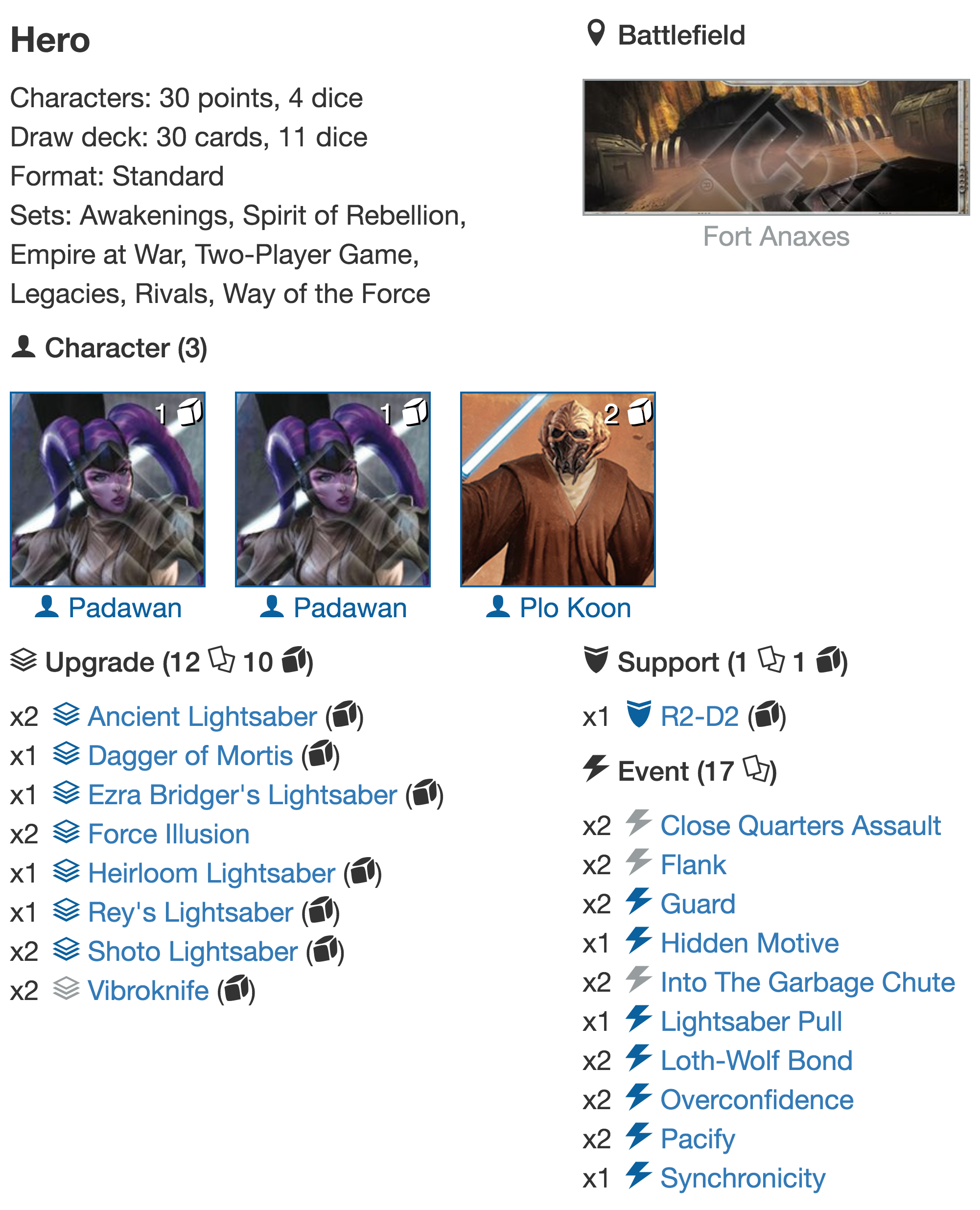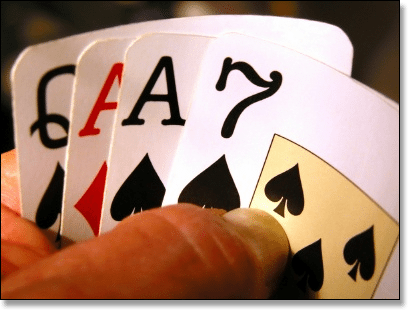The Palestine Liberation Organization (PLO; Arabic: منظمة التحرير الفلسطينية , Munaẓẓamat at-Taḥrīr al-Filasṭīniyyah (help info)) is an organization founded in 1964 with the purpose of the 'liberation of Palestine' through armed struggle, with much of its violence aimed at Israeli civilians.
- Pot Limit Omaha (PLO) is known as a game of action. It has some similarities as Texas Hold’em but there are a few differences as well. The first one is that it is played with four cards instead of the traditional two in NLHE. From those four cards, you need to pick two which must be used to make a hand using the board.
- This articles intention is to provide a solid, basic understanding of all aspects of Pot Limit Omaha/8 for beginners. PLO Hi/Lo is a high/low split variant of Pot limit Omaha. Each player is dealt 4 cards and shares 5 community cards with the other players. There are a total of 4 betting rounds followed by a showdown.
The Basic Rules of Pot Limit Omaha (PLO)
Omaha is a poker variant in which each player is dealt four “hole” cards (cards that the other players can’t see) and then share a five card board. It is similar to Hold’em in its play, with flop, turn, and river cards dealt in succession on the board, interspersed with betting rounds. The most common betting structure for Omaha is Pot Limit, in which players can only bet the size of the pot, including their call.

The play begins with each player being dealt four cards. Unlike Hold’em, players must play exactly two cards from their hand and exactly three from the board. Hand rankings are the same in Omaha and Hold’em, with a high card being the worst and a royal flush the best possible hand.
In PLO, the play starts with a small and big blind, which rotates each turn. The first player after the big blind (Under the Gun – UTG) may fold, call the big blind, or raise up to the “pot limit.” If the blinds are $1 and $2, the UTG player can bet up to $7. Things then get a little tricky. The second player can now fold, call the $7 or bet up to $24. This betting structure takes a while to get used to. See our How to Calculate Pot Limit article for more examples. When in doubt, if you would like to bet the maximum, you can always announce that you bet “pot” and the dealer will figure out the amount for you.
Note that starting hand values are quite different than in Hold’em, so you’ll want to familiarize yourself with these differences before playing Omaha. The “Advice” button in our PLO simulator can help you with this.
Hand equities run much closer together in Omaha, and thus more players will generally stay to see the flop than in Hold’em. With the ability to select the best two of a four card hand, winning hands in Omaha also tend to be quite strong. Single pairs and two pairs are rarely likely to take down the pot, and players should be drawing to nut straights and flushes if they decide to draw.
As you might imagine, Omaha pots can grow quite big, and with pre-flop hand equity advantages rarely larger than 60% variance swings in PLO can be big as well. The PLO player will need a larger bankroll than the typical No-Limit Hold’em player for that reason.
Read all our instructional articles
6-Max PLO Poker is actually more popular than the full-ring Omaha games at most leading Omaha poker sites. Making the right strategy adjustments in these games can bring in large profits for the thinking player. Not only will you play more hands per hour – opponents who fail to adjust properly will simply be giving away their money faster!
This article covers 3 main areas of adjusting to 6-max PLO games from the perspective of a beginner or someone transitioning from Holdem. Firstly position at the table is covered, then starting hand selection and finally the opponent weaknesses mentioned above. Big profits are easily made in 6-max PLO games – as long as you make the right strategy adjustments!
The Importance Of Position
Position is critical in 6-max games. To better understand why this is the case we need to compare short-handed Omaha games with the full-ring versions. In both games position is important. Acting last allows you to win more when ahead and lose less when behind. It also allows you to take many small pots where nobody in the hand flopped much.
In a full ring game you are likely to be up against some decent holdings – that is to say that even when you have position the chances of one or more opponents flopping a good draw or made hand are high.
Compare this to 6-max, here starting hands are likely to be weaker (on average). This magnifies the value of acting on the button or in late position. You will be able to take away many more small pots. Your position will also allow you to choose whether to take a free card (or charge your out of position opponent a high price to draw). In short, position is key in 6-max PLO strategy and you should look to be playing the majority of your reasonable starting hands from the button or cut-off seats.

Starting Hand Adjustments
If you wait for the same strong coordinated / premium starting hands which were outlined in our PLO Starting hands guide then you will usually be playing too tight in a 6-max PLO game. Finding the right balance between playable hands and going too loose can be a challenge.
Again position is a key component in this selection process. From later position high-card strength along with some backup in the form of suited or closely ranked cards is usually enough. In any form of Omaha it pays to have cards which work together – and 6-max PLO games are no exception. However, the amount of coordination required should be more flexible. For example single suited hands (with one pair suited and 2 further unsuited cards) or closely ranked cards with gaps (particularly at the lower end) can be played aggressively where nobody has shown any strength ahead.
In 6-max PLO games the value of premium pairs goes up compared to full-ring Omaha. The reason is that you will usually be against fewer drawing hands after the flop in the short handed games. Aces or Kings are always better with some backup – however in 6-max they can be played aggressively after the flop more often than against multiple opponents in a full-ring PLO game.
Adjusting To Different Opponent Types
You will meet a huge variety of opponent styles in 6-max PLO games. Adjusting correctly to your opponent’s strategy is a key area for making money. In full-ring games the hyper-aggressive style has its issues – anyone trying to ‘run over the table’ will meet a monster hand soon enough. In 6-max PLO games this style can be employed successfully, especially against timid or passive opponents.
Plo Rules
You will regularly meet opponents who bet pot on 80% of hands before the flop and continuation bet 90% when they are called. These players often pick-up pot after pot when nobody flops a big draw or made hand against them. There is a key difference between hyper-aggressive opponents in 6-max PLO games – how they react to ‘resistance’. That is, will they re-raise the pot all-in when someone comes over the top of their pre-flop bets – or just call and slow down.


Against the ‘all-in’ types you should take a hand that is a decent favorite against their range and get the chips in. Aces or kings fit the bill or even a quality coordinated hand such as Q-J-J-10 double suited. If your opponent slows down to raises then a better adjustment can be to call in position – letting them bet their stack over several streets when you flop a good hand.
Poker Plo Rules
If you find yourself out of position (to the right) of a hyper-aggressive opponent then slowplaying flopped monsters can be very profitable (one of the only times we advise any type of slowplaying in PLO). Allow the maniac to bet and those players in the middle to call – building a pot before you get those chips in as a big favorite.
At the other extreme you will find many of the same ‘nut-peddlers’ that sit in full-ring games at the 6-max PLO tables. These players are destined to loose money slowly! The ‘blind pressure’ and amount of times they will be continuation bet out of pots after calling pre-flop make this strategy unsuitable for 6-max PLO.
The best defense against a 6-max ‘nit’ is identification! Get out of the pot when they raise (especially if they re-raise!) unless you have a stronger than average holding for the situation. If your raise is called by a nit then continuation bet the majority of the time – they will fold without a big hand. Making those bets on the smaller side will increase your profits, a nit will fold to $3 almost as often as they will fold to $5 – and you will save some money when they do call.
Finally the calling station types can be found in 6-max PLO poker games, especially at the lower limits. They will call you to the river with any piece of the flop (or maybe an overpair) and chase draws against the odds.
The first strategy adjustment against a loose-passive calling station is to ensure you do not justify their bad calls by paying them off on the river if an obvious draw comes in. For example if you bet a set on the flop and turn and the river makes a flush possible then fold to their large bet. The chips saved will generally make up for the few times you actually fold the best hand.
Secondly, when playing against a calling station make sure that you bluff less and value bet more. This is the same strategy as in any poker game – however more important still in 6-max PLO games. Calling stations will be the source of much of your profit, as long as you identify and adjust to them early.